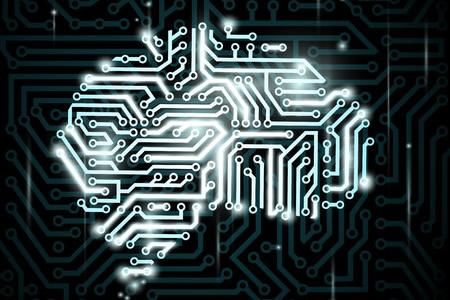Researchers at the University of Bonn in Germany have developed an AI algorithm that has been trained to recognize facial features associated with rare genetic diseases, which has been shown to improve the accuracy of diagnosis, even genetic disorders that were not in the training set of images.
Patients suffering from rare genetic diseases often struggle to get an accurate diagnosis of their condition, which can result in significant delays before the correct therapy can be provided. Genetic diseases often have effects in several parts of the body, and often result in characteristic facial features, with different facial features associated with different genetic disorders. The researchers developed their algorithm to identify facial features from portrait photographs that are indicative of monogenic disorders to help physicians make the correct diagnosis.
AI systems can be trained using thousands of photographs of patients, but the limitation with this approach is the AI system will only be able to recognize facial phenotypes that were present in the data set used for training the algorithm. A previous AI-based system – DeepGestalt – that was developed by the researchers in collaboration with other research teams was shown to be effective at identifying rare diseases from facial features and required around 10 photographs of patients with the disease to train the system.
The researchers wanted to develop a more useful AI algorithm that could not only recognize the facial phenotypes in the training set but also others associated with ultra-rare genetic diseases, for which fewer than 10 patient photographs are available and also recognize as-of-yet unknown facial phenotypes that are indicative of disease.
The researchers developed their system – GestaltMatcher – which is based on a deep convolutional neural network. The system was trained using photographs of 17,560 patients with 1,115 rare disorders, which defined a Clinical Face Phenotype Space, in which distances between cases define syndromic similarity. Their approach allowed patients to be matched with others that have the same molecular diagnosis and individuals who have not yet been diagnosed. The system can also identify facial features that were not present in the training set.
The broad range of diseases represented in the photographs allowed the team to identify many different genetic diseases. “This wide variation in appearance trained the AI so well that we can now diagnose with relative confidence even with only two patients as our baseline,” Said Tzung-Chien Hsieh of Krawitz, first author of the study. The system can also be used to classify previously unknown diseases, search for other possible cases, and provide clues as to the molecular basis for disease.
The system would be straightforward to roll out for use in physician’s offices. A doctor could use their smartphone to take a photograph of a patient, and upload it to the system to make differential diagnoses for their assessments. “Together with mutation data, GestaltMatcher could not only accelerate the clinical diagnosis of patients with ultra-rare disorders and facial dysmorphism but also enable the delineation of new phenotypes,” explained the researchers.
You can read more about the study in the paper – GestaltMatcher facilitates rare disease matching using facial phenotype descriptors – which was recently published in Nature Genetics. DOI: 10.1038/s41588-021-01010-x
